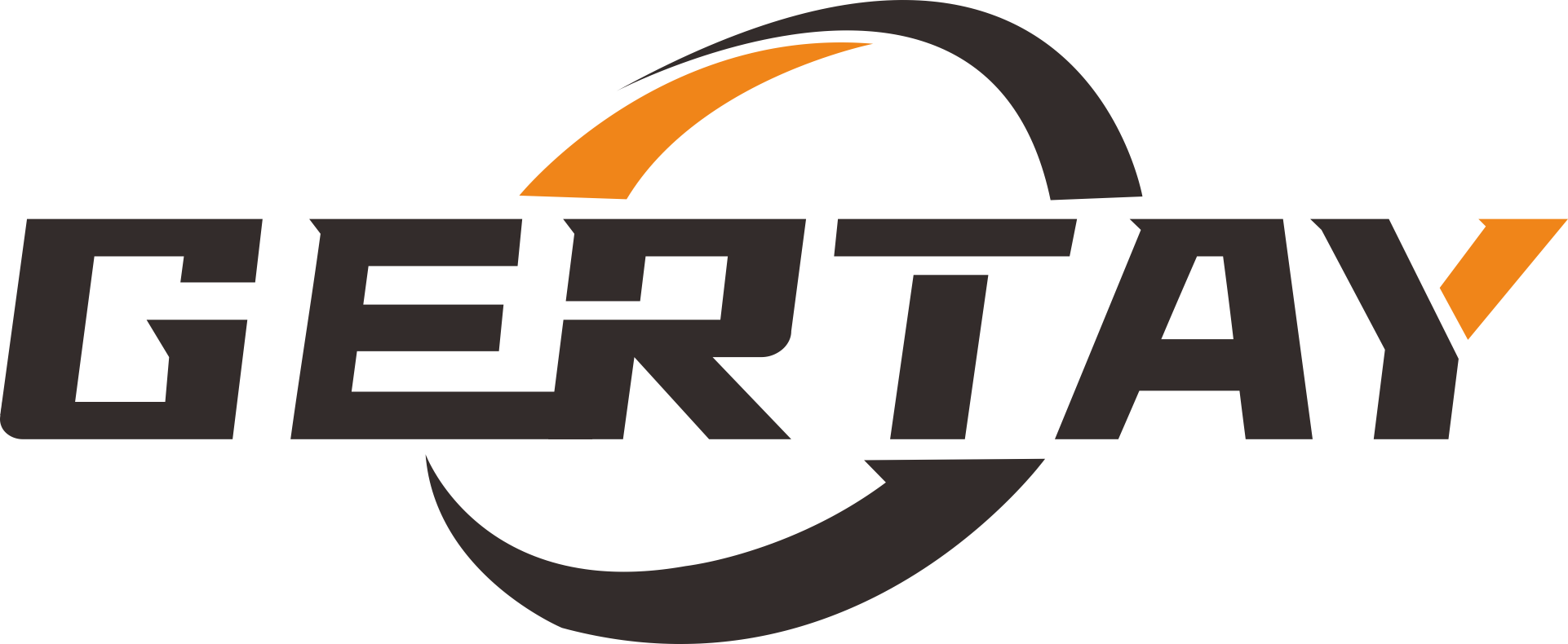The working principle of idle speed motor
2024-07-15
The 4 working states of the idle speed motor itself: under the control of the engine ECU, it can be divided into 4 working states.
State 1: The stator coil AB is energized (CD is de-energized), and the current flows from A to B. According to the electromagnetic induction rate, the direction of the generated magnetic field is N pole on the left and S pole on the right. Because the rotor is a permanent magnet, the rotor will be attracted to a horizontal state by the magnetic field generated by the stator coil, and the left electrode is S, the right electrode is N.
State 2: The stator coil CD is energized (AB is de-energized), and the current flows from C to D. At this time, the direction of the magnetic field generated by the stator coil is N pole on the upper side and S pole on the lower side. When the rotor is attracted by the magnetic field generated by the stator coil, it rotates 90 degrees clockwise from the horizontal state just now to the vertical state, and the upper electrode is S and the lower electrode is N.
In state 3, the stator coil AB is energized (CD is de-energized), and the current flows from B to A. At this time, the direction of the generated magnetic field is the left S pole and the right N pole. The rotor will be attracted to rotate clockwise 90 degrees from the vertical state to the horizontal state, and the left electrode is N and the right electrode is S.
In state 4, the stator coil CD is energized (AB is de-energized), and the current flows from D to C. At this time, the direction of the generated magnetic field is the upper S pole and the lower N pole. The rotor will be attracted to rotate clockwise 90 degrees from the horizontal state to the vertical state, and the upper electrode is N and the lower electrode is S.
In the above four states, according to the cycle of the above sequence, the rotor of the idle speed motor is driven to rotate in the clockwise direction. Through the screw mechanism, the valve core is gradually pushed out to reduce the engine air intake and then reduce the engine speed. Similarly, if the pulse signal sequence sent by the engine ECU is reversed, that is, the state 4. 3. 2. one in turn, the valve core of the idle speed motor is retracted, so the engine idle speed increases.
Related News







